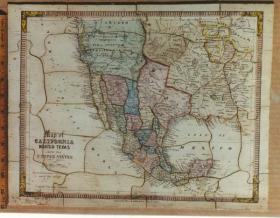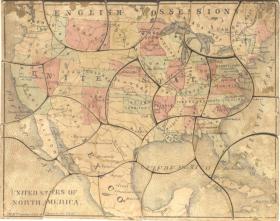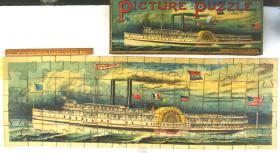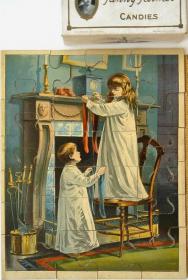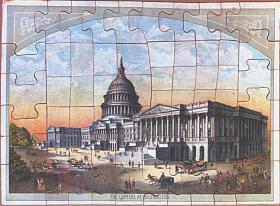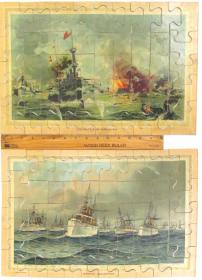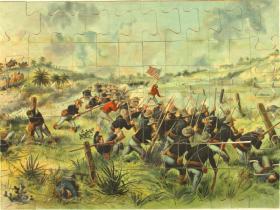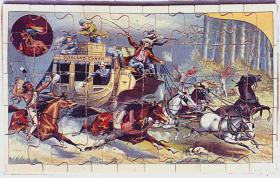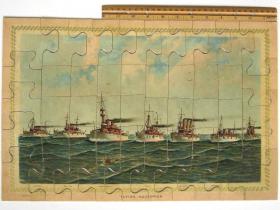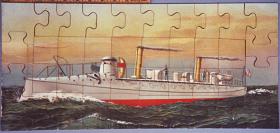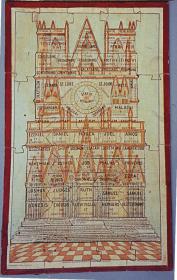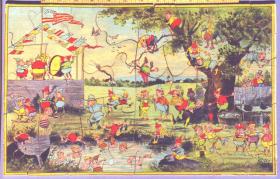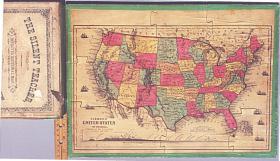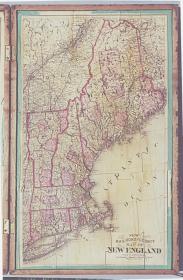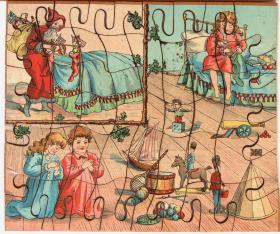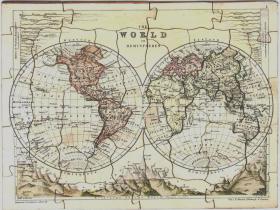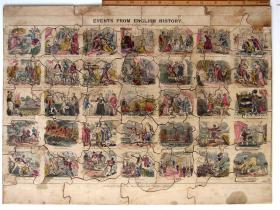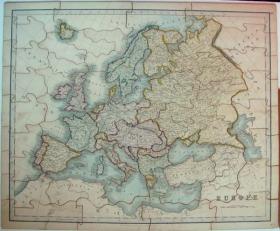Puzzles were first made by hand in England in the 1760s (see A Brief History) using solid wood and coping saws. Puzzles made in the 19th century were cut by hand from solid wood or a thin veneer or press board, with coping saws, treadle scroll saws and, if the material was thin enough, by slicing with a very sharp knife. The limitations of materials and equipment kept the pieces large, the knobs (if any) large, and the cutting simple, usually straight or crooked lines. The market was primarily for children as learning tools (maps, tables of monarchs, history), morality lessons (bible, proverbs, fables), and, by the second half of the 19th century, simple family entertainment (national achievements, technology). While a few puzzles which seem to appeal to grown-ups were made during this period on the other side of the Atlantic, there is no evidence anyone tried to market them seriously and they can be viewed as true “one of a kind”. By the turn of the century, a few puzzles made for grown-ups in America, although "primitive", began to appear and be promoted. See below "20th Century Calendar Girl" and "The Football Game". Because 19th century puzzles usually have interesting and colorful boxes, any available box and, especially the top, is displayed in the enlarged version of a puzzle.
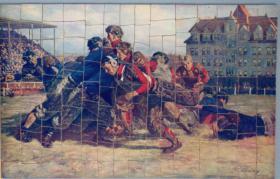
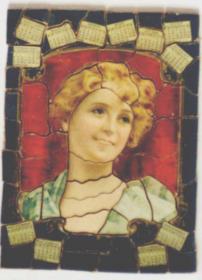
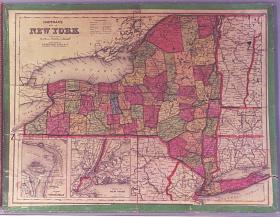
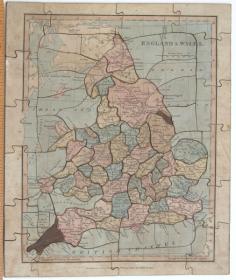
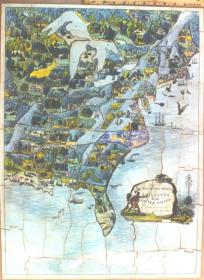
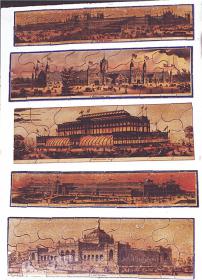
![[Fleing giants among the fairies]](https://www.oldpuzzles.com/files/styles/grid/public/examples/0-29_0.jpg?itok=HWKDpyK7)
